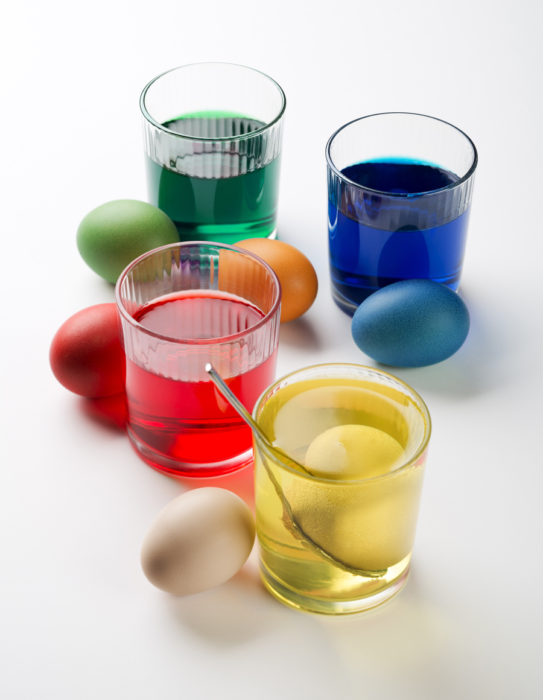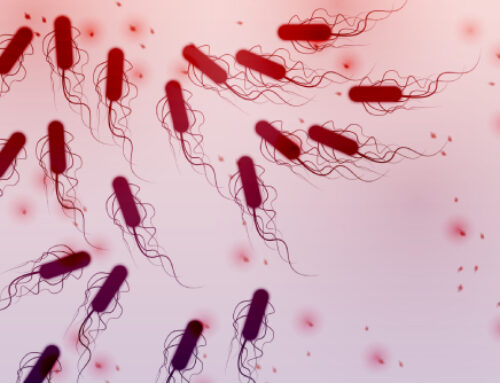While we all love to Instagram our rainbow bagels and Snapchat our tie dye cupcakes, let’s look at what really happens when that dye enters our bodies…
You don’t have to be a dietitian to recognize that those bright red, orange and blue colors are anything but natural. While at Tovita Nutrition I always stress the importance of “eating the rainbow,” I certainly don’t mean by way of artificial food dye!
What are some common foods and drinks that have food dye?
Food manufacturers know that they will catch our attention with bright colors and patterns. And they’re right! Who doesn’t love to post a photo of an ice cream cone with rainbow sprinkles!? Generally speaking, processed foods are more likely to contain food dye. For instance, certain brands of macaroni and cheese, colorful frosting, bright colored candy and gum, or neon-colored sports drinks tend to be culprits.
What exactly is in food dye, anyway?
Many food dyes are synthesized from coal tar and petroleum. Yes petroleum – as in the stuff that fuels like gasoline and diesel oil are extracted from.
Food coloring comes in the form of “dyes” or lakes.” Dyes are strictly water soluble, meaning you may find them in an artificially colored beverage. Lakes are synthesized by combining dyes with salts and are more likely to be found in baked goods, gummies, or chewing gum.
Does food dye have any nutritional value?
Synthetic food dye does not!
Can food dyes ever be harmful? (Any studies or particular types to be wary of?)
The International Journal of Occupational Health http://www.tandfonline.com/doi/abs/10.1179/1077352512Z.00000000034
published an analysis on the toxicology of food dyes and found some upsetting results. Red 40, Yellow 5, and Yellow 6 were found to be contaminated with benzidine, a carcinogenic compound. We know that certain cancers are caused by exposure to carcinogens.
Furthermore, red 3 was shown to cause cancer in animals. While the study did not find a link in humans, this isn’t exactly comforting news. At least four other dyes tested were strongly associated with hypersensitivity reactions.
Are there any healthy alternatives?
Absolutely! Beetroot will enhance red colors, while spices like turmeric and paprika can provide a yellow or orange color. Darker blues and greens may be derived from natural anthocyanins or chlorophyllins.
What are some naturally bright foods to swap in instead?
While of course we think fruits and veggies are the prettiest out there, we understand that sometimes a candy craving just won’t budge. In that case, there are some dye-free alternatives- Yum-Earth and Matt’s Munchies are great all natural brands that will definitely satisfy that sweet tooth.Remember, this isn’t your license to go candy crazy! Dye-free candy is still candy!





Leave A Comment